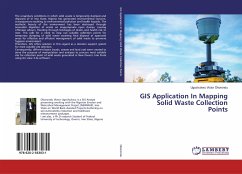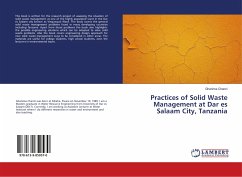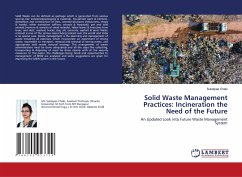In this study, the effect of biological reactions on the removal of wastewater organic matter during transfer from production sources to treatment plants in conventional networks and modern small diameter networks was investigated. For this purpose, a part of these sewage collection networks was designed and built. The pipes used were made of PVC and the total length of the pipes was up to 15 meters. Also, the diameter of the pipes used was 0.1 m, which was designed as gravity. To create a suitable surface for the attachment of microorganisms, plastic mesh was glued to the inner surfaces of the pipe as an intermediary. The contact surface of the sewage with the nets, when the pipes were full, was 3.77 square meters. To perform experiments related to the removal of organic matter, artificial wastewater with the same level of pollution as municipal wastewater was used. The results indicate that if the conditions are right, the rate of biological reactions in collection networks is relatively high and with proper planning, this potential can be used optimally.
Bitte wählen Sie Ihr Anliegen aus.
Rechnungen
Retourenschein anfordern
Bestellstatus
Storno








